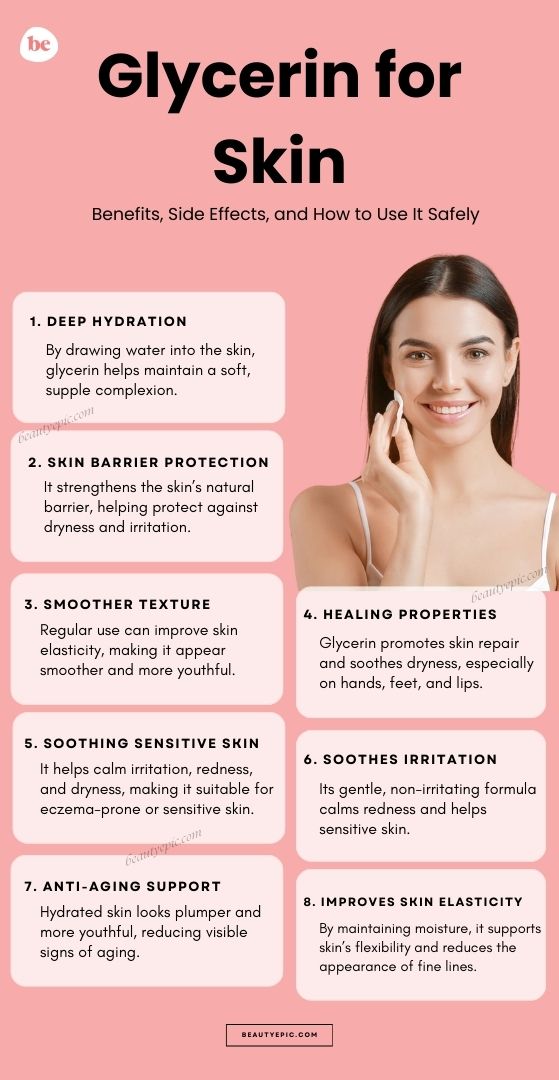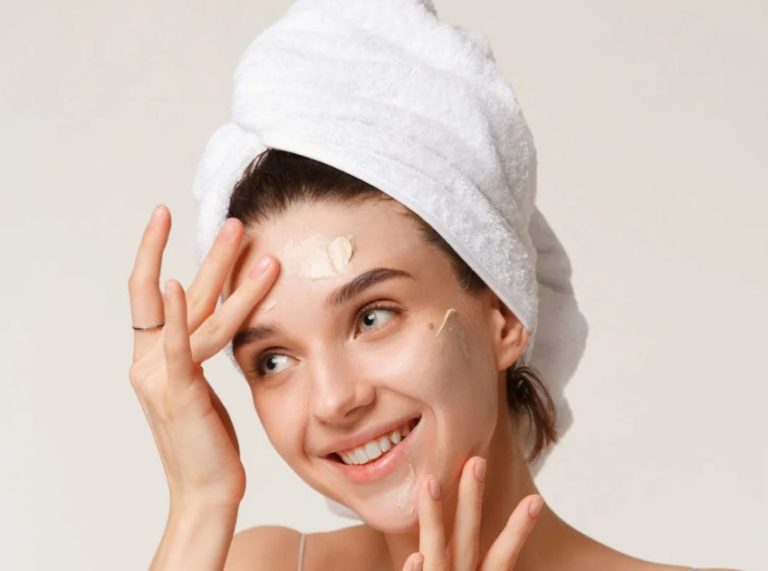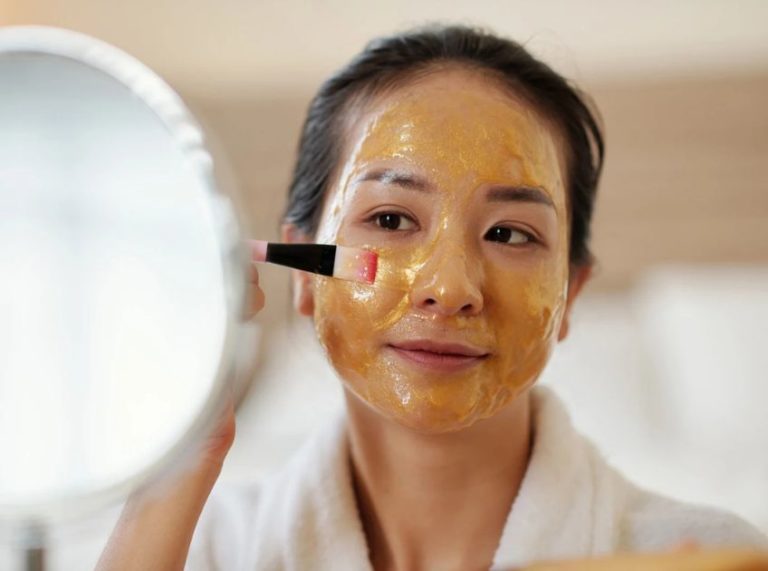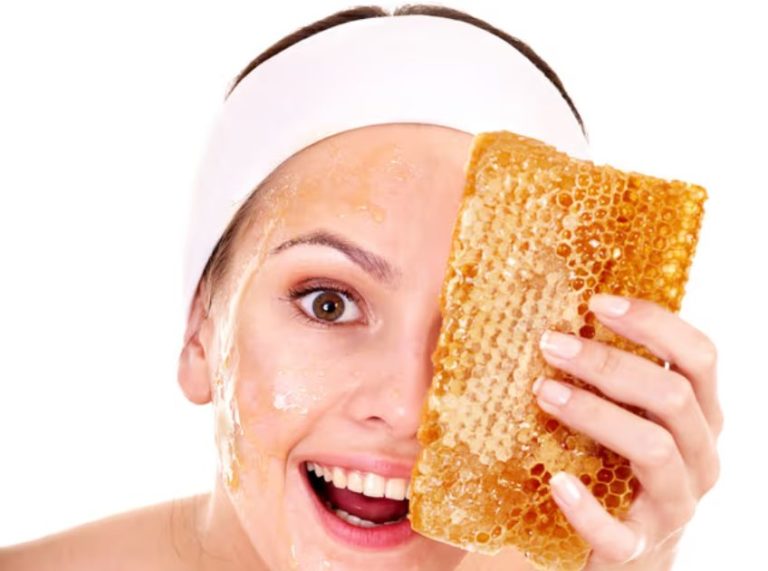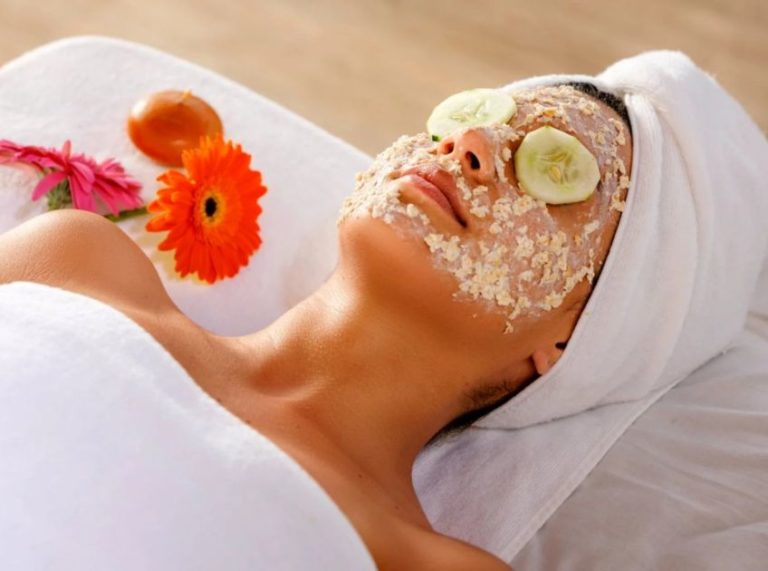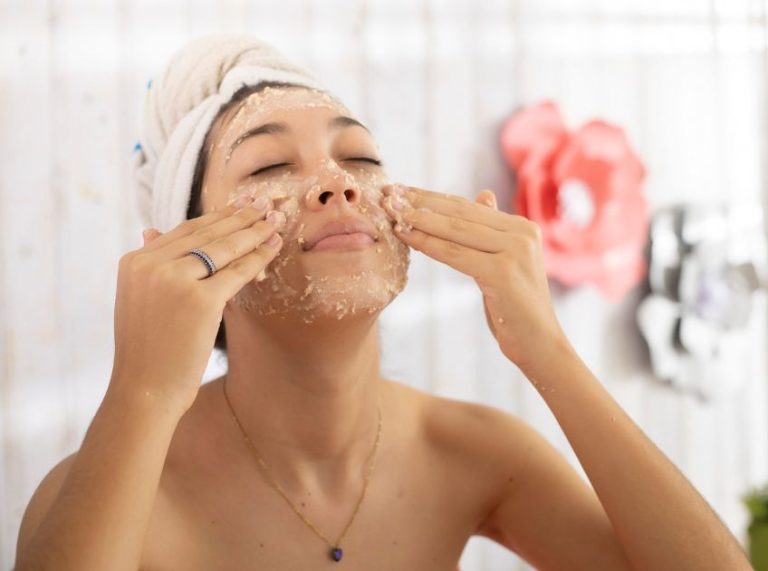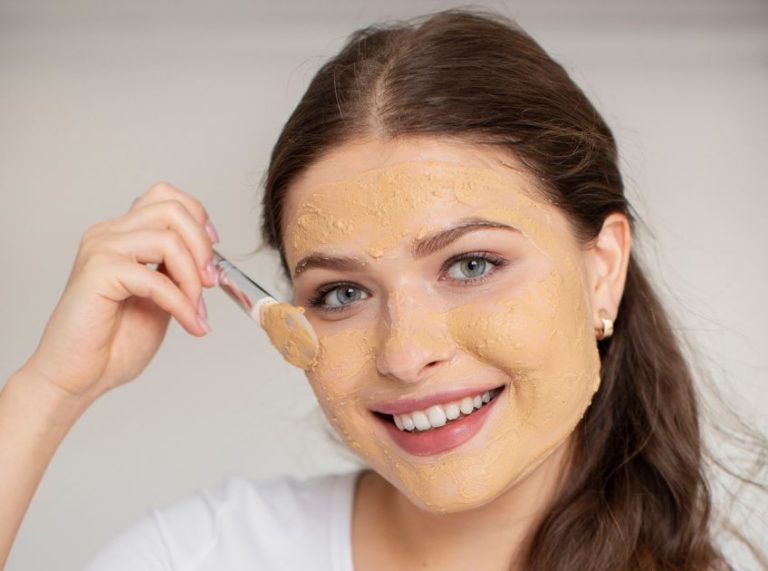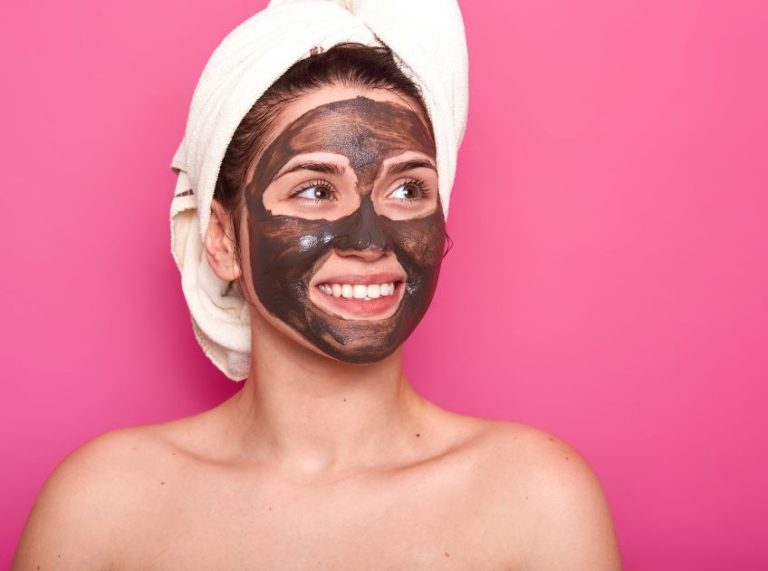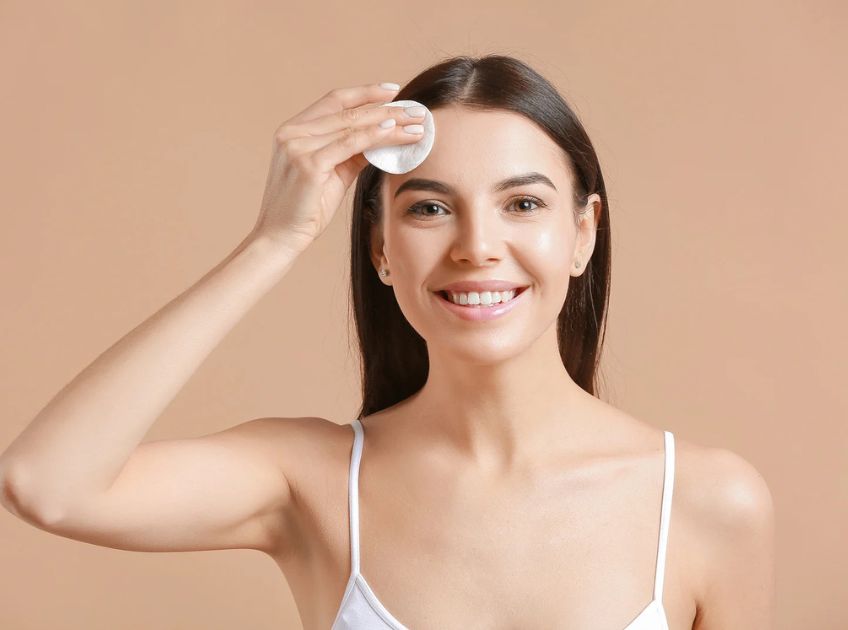
Important: This article is for informational purposes only. Please read our full disclaimer for more details.
When it comes to skincare ingredients, some get constant hype—like retinol, vitamin C, and hyaluronic acid. But one humble, widely available ingredient has quietly been helping skin for centuries: glycerin. This clear, odorless, syrupy liquid is a natural humectant, which means it attracts and retains water in the skin, keeping it plump, smooth, and hydrated.
Article Contains
- What Is Glycerin?
- Hydration Hero: Key Benefits of Glycerin for Skin
- Can Glycerin Irritate the Skin?
- Potential Side Effects You Should Know
- Glycerin for the Face: How to Use It Correctly
- The Best Types of Glycerin for Skin
- Beyond Moisture: Other Skincare Uses of Glycerin
- What Science Says About Glycerin’s Effectiveness
Today, glycerin is one of the most trusted ingredients in moisturizers, cleansers, and serums. But what exactly is it, and how does it work? Let’s explore its benefits, risks, and the best ways to use glycerin for glowing, healthy skin.
What Is Glycerin?
Glycerin (also called glycerol) is a naturally occurring compound derived from plant oils, animal fats, or synthetically produced. It has been used for over 200 years in food, medicine, and cosmetics.
In skincare, glycerin is most valued for its ability to act as a humectant—pulling water from the environment and deeper skin layers to the outer layer (epidermis) (1). This action makes it an essential ingredient in creams and lotions designed to hydrate, repair the skin barrier, and reduce dryness.
Hydration Hero: Key Benefits of Glycerin for Skin
Glycerin is considered one of the safest and most effective moisturizers in dermatology. Its benefits include:
- Deep Hydration – By drawing water into the skin, glycerin helps maintain a soft, supple complexion.
- Skin Barrier Protection – It strengthens the skin’s natural barrier, reducing water loss and protecting against environmental damage.
- Smoother Texture – Regular use can improve skin elasticity, making it appear smoother and more youthful.
- Healing Properties – Glycerin supports wound healing by keeping damaged areas moist, reducing scarring, and speeding recovery.
- Soothing Sensitive Skin – It helps calm irritation, redness, and dryness, making it suitable for eczema-prone or sensitive skin.
Scientific support: A 2008 study published in The Journal of Dermatological Treatment highlighted glycerin’s role in improving skin hydration and barrier function, especially in conditions like atopic dermatitis (2).
Can Glycerin Irritate the Skin?
For most people, glycerin is extremely gentle and non-allergenic. However, irritation can occur if:
- It is applied in high concentrations directly to the skin (without dilution).
- The skin is already compromised or overly sensitive.
- It is used in harsh climates without enough moisture in the air, which may paradoxically dry out skin as glycerin pulls water from deeper layers instead of the environment.
To avoid irritation, always use glycerin in diluted form or within skincare products formulated with balanced concentrations.
Potential Side Effects You Should Know
Though rare, glycerin may cause:
- Mild stinging or redness if used in high concentrations.
- Stickiness when applied in excess.
- Breakouts in acne-prone individuals if used with heavy, occlusive oils.
That said, dermatologists generally regard glycerin as one of the safest skincare ingredients, even for children and people with sensitive skin.
Glycerin for the Face: How to Use It Correctly
When applied to facial skin, glycerin can be transformative if used properly. Here are some safe ways to incorporate it:
- As a hydrating mist: Mix a few drops of glycerin with rose water in a spray bottle and mist lightly on your face.
- In DIY masks: Blend glycerin with honey and aloe vera gel for a soothing hydration mask.
- With moisturizer: Add a drop of glycerin to your regular moisturizer to boost its hydrating power.
- Important tip: Never apply raw glycerin directly to the face in large amounts. Always dilute it with water, rose water, or a cream base.
The Best Types of Glycerin for Skin
Not all glycerin is created equal. Here are the main types:
- Vegetable Glycerin: Derived from plant oils (like coconut or soy). It’s the most common and preferred type for skincare.
- Synthetic Glycerin: Chemically produced, safe but less natural.
- Animal-based Glycerin: Derived from animal fats; less common in modern cosmetic products.
For skincare, vegetable glycerin is considered the gold standard. It’s natural, gentle, and widely available in both pure form and cosmetic formulations.
Beyond Moisture: Other Skincare Uses of Glycerin
Glycerin isn’t limited to being a hydrator—it has versatile applications, including:
- Cleansers and toners: Helps balance hydration while removing impurities.
- Lip care: Softens chapped lips when mixed with honey.
- Anti-aging formulations: Works alongside hyaluronic acid and ceramides to reduce fine lines.
- Makeup setting sprays: Locks in moisture while giving skin a dewy finish.
- Foot and hand care: Perfect for cracked heels or rough hands when combined with petroleum jelly or shea butter.
What Science Says About Glycerin’s Effectiveness
Dermatological research consistently highlights glycerin as one of the most effective moisturizers available.
- A 2016 study in Clinical, Cosmetic and Investigational Dermatology found that glycerin improved hydration levels and enhanced skin elasticity (3).
- A review in The Journal of the American Academy of Dermatology emphasized that glycerin, alongside urea(4) and hyaluronic acid, is among the most effective humectants for repairing dry and damaged skin (5).
This scientific backing confirms why glycerin remains a skincare staple in both over-the-counter and prescription formulations.
Frequently Asked Questions (FAQ’S)
1. Can I use glycerin daily on my skin?
A. Yes, glycerin is safe for daily use when diluted or included in skincare products. It helps maintain hydration without harmful side effects.
2. Is glycerin safe for acne-prone skin?
A. Yes, but with caution. Glycerin itself is non-comedogenic, meaning it doesn’t clog pores. However, breakouts can occur if combined with heavy oils in DIY recipes.
3. Can I use pure glycerin directly on my skin?
A. It’s best to avoid applying undiluted glycerin. Always mix it with water, rose water, or aloe vera to prevent stickiness and potential irritation.
Absolutely. Glycerin is one of the safest, most versatile, and most effective ingredients you can add to your skincare arsenal. Whether you struggle with dryness, irritation, or loss of elasticity, glycerin delivers hydration and protection backed by science and centuries of use.
Stick to vegetable glycerin for the best results, and remember to dilute it when using it in DIY treatments. With consistent use, you’ll notice softer, smoother, and more resilient skin—without the hefty price tag of luxury skincare products.
